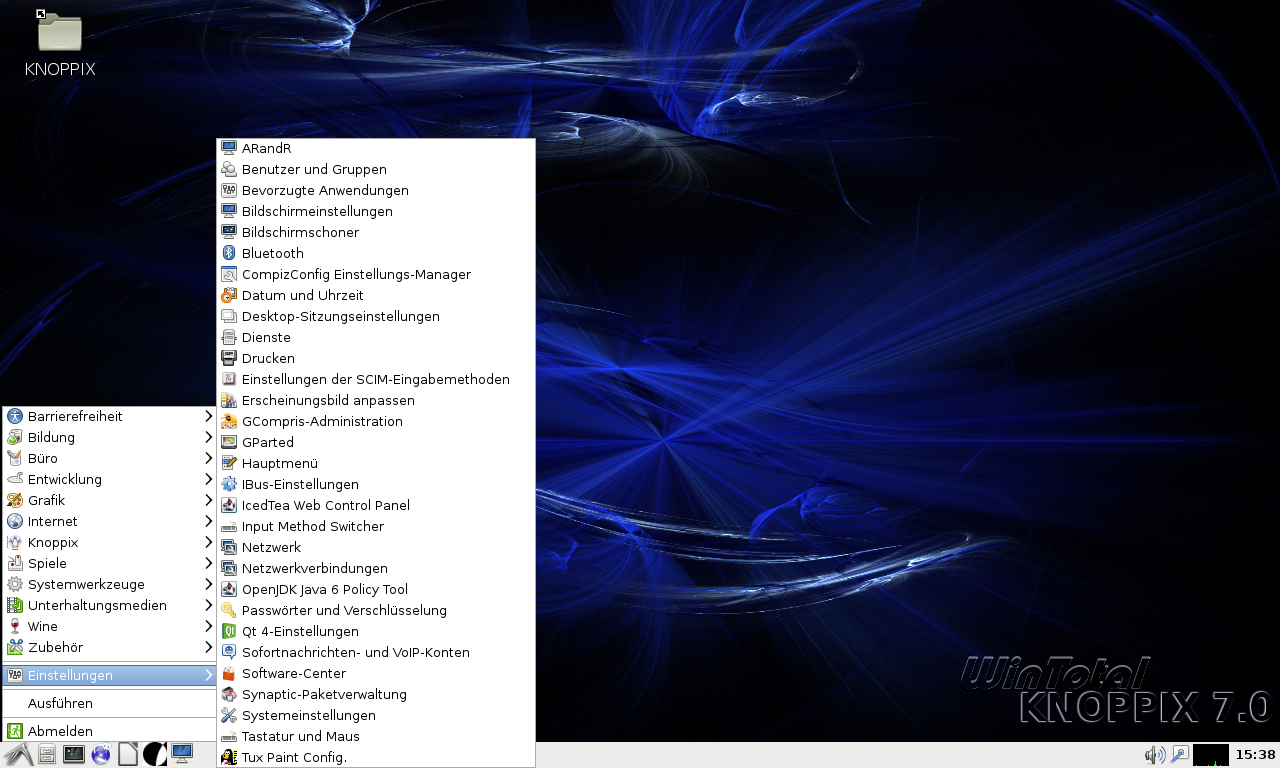

With such images named either gpxelinux.0 or ipxelinux.0. Older versions of PXELINUX supported HTTP by using a hybrid bootloader This is sometimes useful when the DHCP server is under different " 0" (zero) means wait "forever" (in reality, it waits approximately 136 years).Ĭan be used to hard-code DHCP options into the Option 211 pxelinux.reboottime Specify, in seconds, the time to wait before reboot in the event of TFTP failure. This almost certainly needs to end in whatever character the TFTP server OS uses as a pathname separator, e.g. Option 210 pxelinux.pathprefix Specify the PXELINUX common path prefix, instead of deriving it from the boot file name. Option 209 nfigfile Specify the initial PXELINUX configuration file name, which may be qualified or unqualified. As of PXELINUX 3.55, this option is deprecated and is no longer required. The default behavior takes the lowest priority.ĭHCP options Option 208 pxelinux.magic Earlier versions of PXELINUX required this option to be set to F1:00:74:7E (241.0.116.126) for PXELINUX to be able to recognize any special DHCP options whatsoever. While hardcoded "before-options" are applied prior to DHCP options. Hardcoded "after-options" are applied after DHCP options (and override them) Options for PXELINUX can be specified by DHCP options, See RFC 5071 for some additional information about these options. So as to customize the specific behaviour of PXELINUX. The following nonstandard DHCP options might be available This keeps a machine from getting stuck indefinitely due to a boot server failure. It will reboot after the timeout interval has expired. If PXELINUX cannot find a configuration file, To be 127 characters or shorter in length. PXELINUX generally requires for filenames (including any relative path) Note that all references to filenames are relative to the The included program, " gethostip", can be used to compute the hexadecimal IP address for any host. The client's own IPv4 address in uppercase hexadecimal, followed by removing hex characters, one at a time, from the end.ARP hardware type " 1") with address " 88:99:AA:BB:CC:DD", it would search for the filename " 01-88-99-aa-bb-cc-dd". The hardware type (using its ARP "htype" code) and address, all in lowercase hexadecimal with dash separators.įor example, for an Ethernet (i.e.This value is represented in the standard UUID format using lowercase hexadecimal digits, e.g. Note that some BIOSes do not have a valid UUID, and it might end up reporting something like all 1's. The client UUID, if provided by the PXE stack.Let's see now what exactly the above example represents.Īfter attempting the file as specified in the DHCP

Then PXELINUX will try the following configuration files (in this order):
#KNOPPIX 8.3 DOWNLOAD MAC#
" Ethernet") MAC address is " 88:99:AA:BB:CC:DD" and,

The configuration file (equivalent of syslinux.cfg - see " /tftpboot" directory on the TFTP server. (from the Syslinux distribution) and any kernel or initrd images that This document explains only some of the differences specifically The basic configuration is the same for all Syslinux variants. Or, if (option 210 is) not set, in the same directory as the With the precedence as specified under the #Options section of this document.Īll unqualified filenames are relative to the The parent directory of the PXELINUX file,Īs indicated by DHCP fields sname and file (sname="192.168.2.3" and The initial Current Working Directory is eitherĪs supplied by DHCP option 210 (pxelinux.pathprefix), PXELINUX is not a program intended to be flashed or burned intoįor such possibility, check out iPXE ( ). The Intel PXE (Pre-Execution Environment) specification.
#KNOPPIX 8.3 DOWNLOAD WINDOWS#
11 Deploy Linux from Windows WDS/RIS server using PXELinuxįor booting from a network server using a network ROM conforming to.


 0 kommentar(er)
0 kommentar(er)
